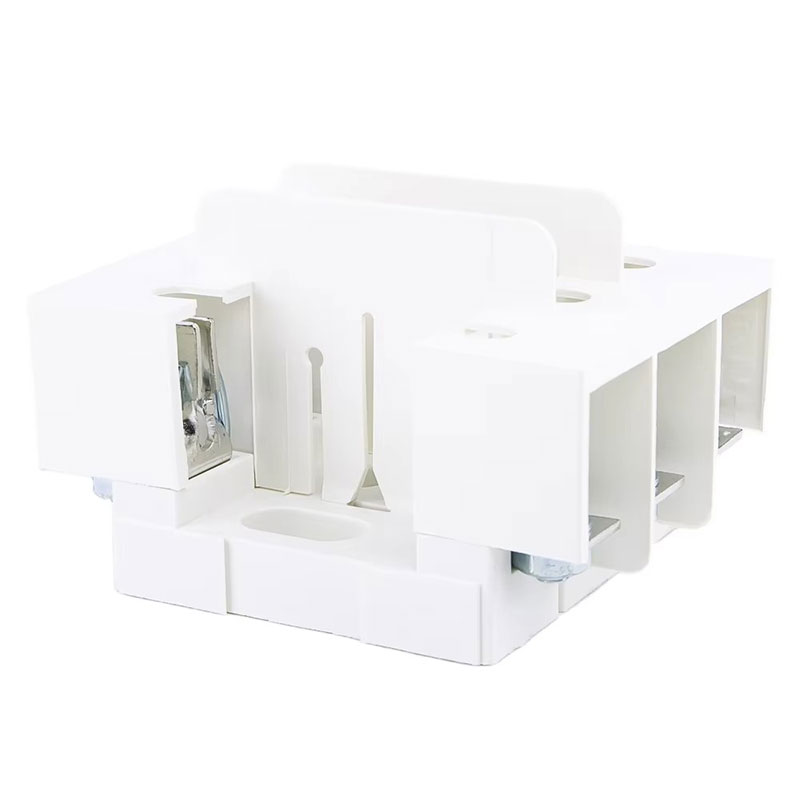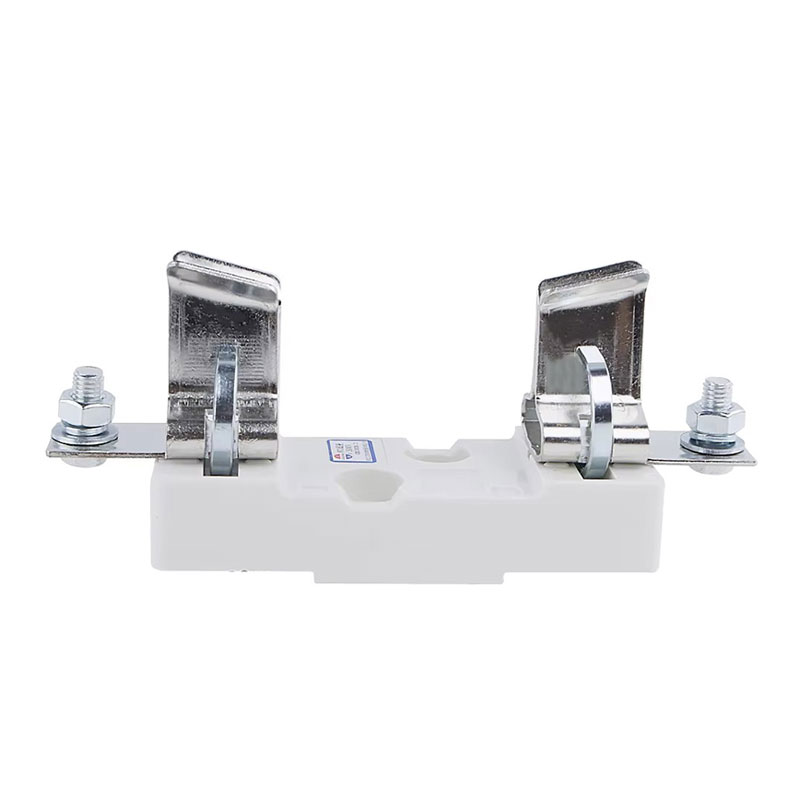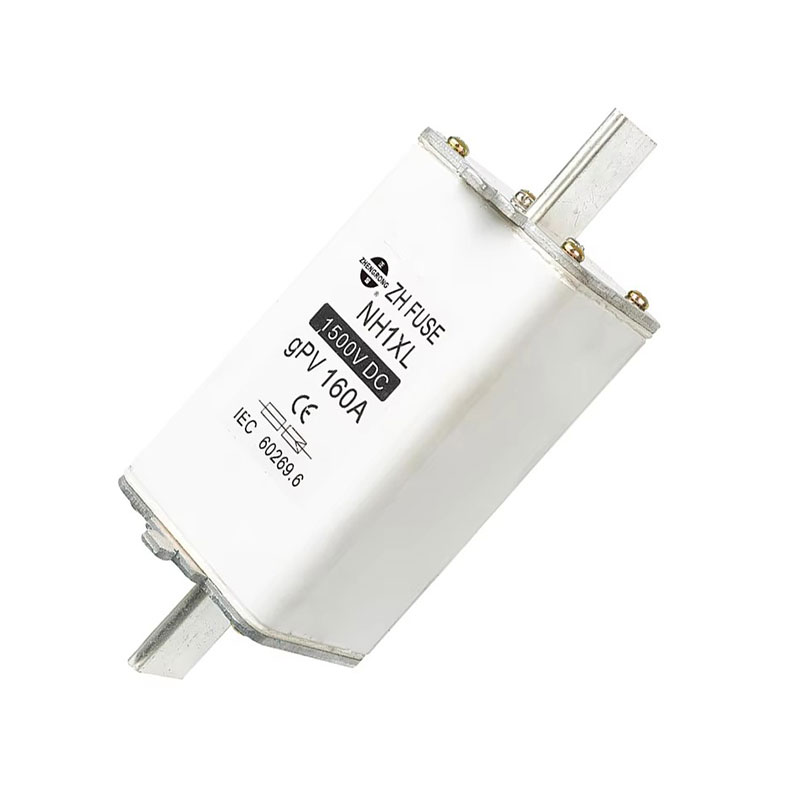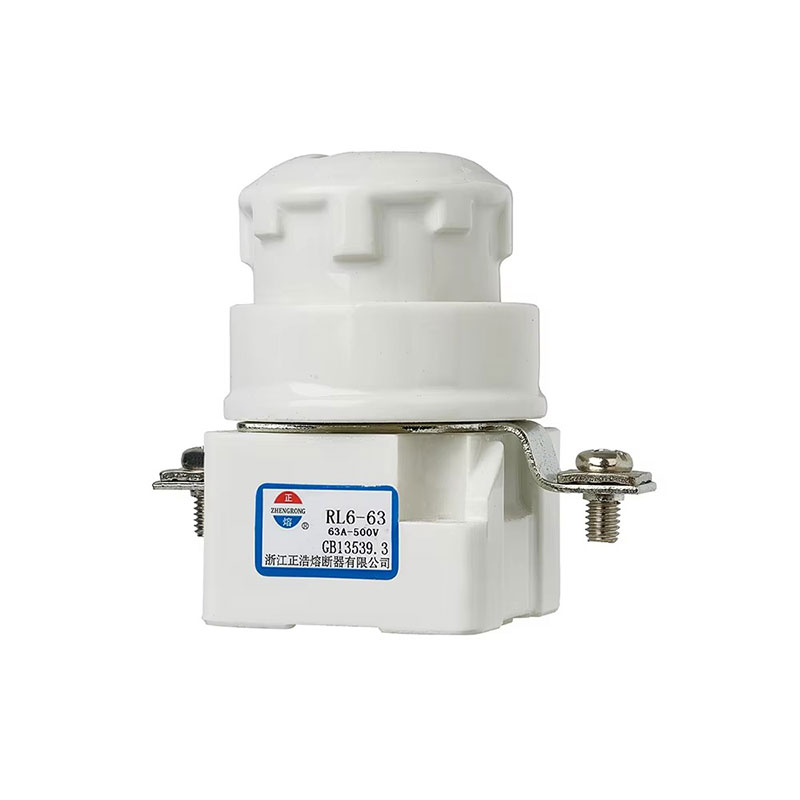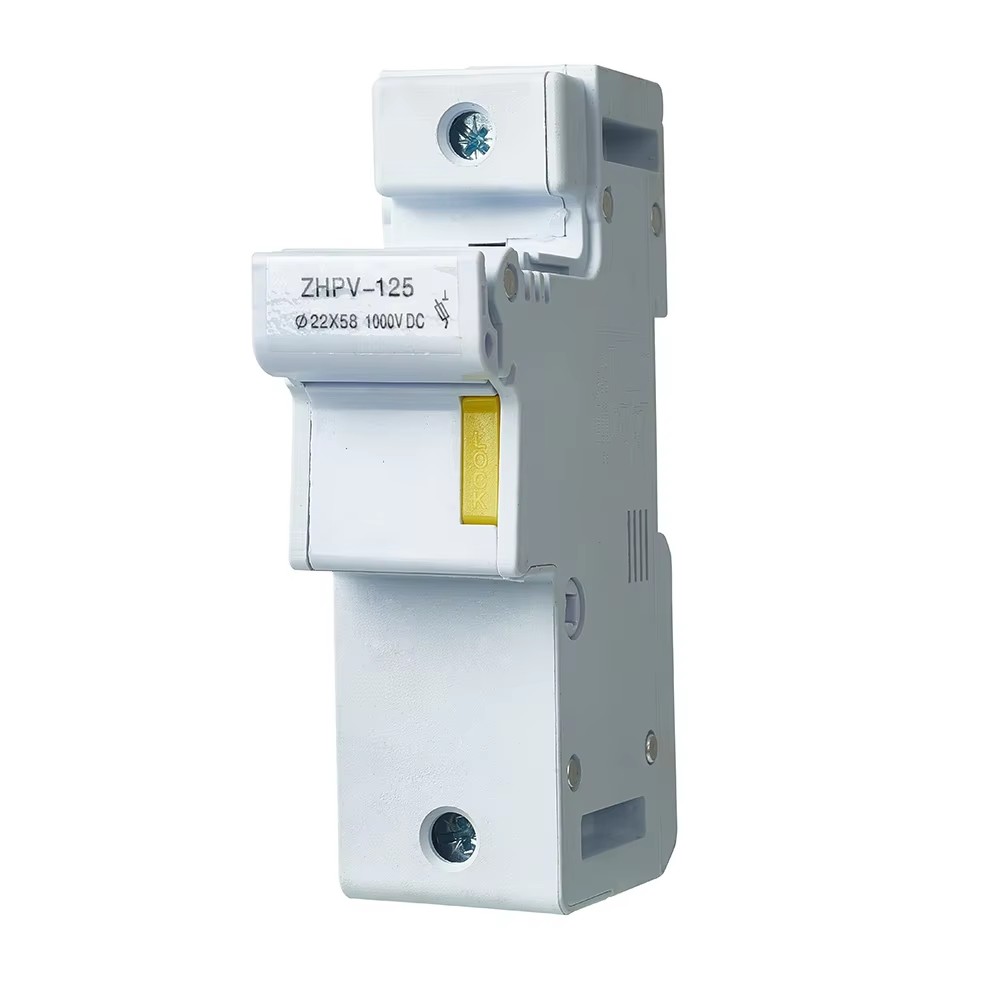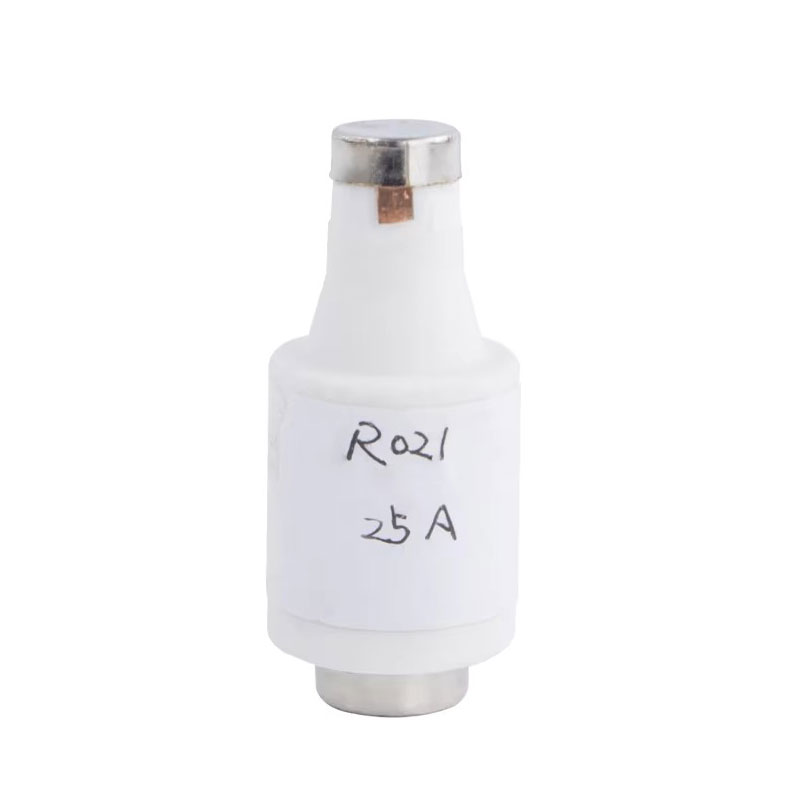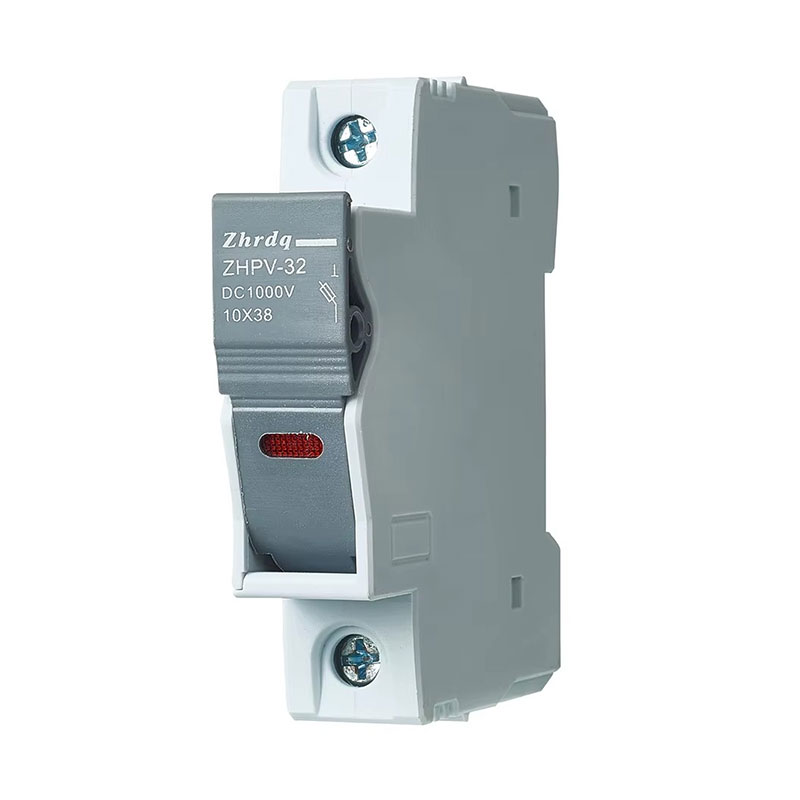What is the difference between a fuse and a fuse holder?
In the safety protection of electrical systems, fuses are the most common components. Many people confuse "fuse" and "fuse holder" when understanding or using them, and even mistakenly think that they are the same thing. In fact, although the two are often used together, they are completely different in function and role. This article will give you a comprehensive understanding of the difference between fuses and fuse holders, and why both are indispensable.
What is a fuse?
A fuse is a circuit protection device. When the current exceeds the set range, the fuse inside it will melt due to the increase in temperature, thereby quickly cutting off the circuit to prevent damage to the equipment or causing a fire. The core value of a fuse is "sacrifice itself to protect the whole". It is a one-time device and needs to be replaced with a new one once it is blown.
There are many types of fuses, including fast-break, slow-break, high-voltage, etc., which are suitable for different current levels and usage environments. It is widely used in home appliances, automobiles, communications, power and industrial control.
What is a fuse holder?
The fuse holder is a component used to install and fix the fuse. Its main function is to provide a safe and stable working position for the fuse while ensuring the reliability of the electrical connection. A good fuse holder can not only withstand the current load, but also has good insulation and flame retardant properties, further improving the safety level of the system.
Fuse holders have a variety of structures, such as plug-in, snap-on, panel-mounted, PCB board welding, etc., which can be flexibly selected according to the spatial layout and use requirements of specific equipment. It is not a disposable component itself, and it can usually continue to be used after the fuse is blown, and only the fuse needs to be replaced.
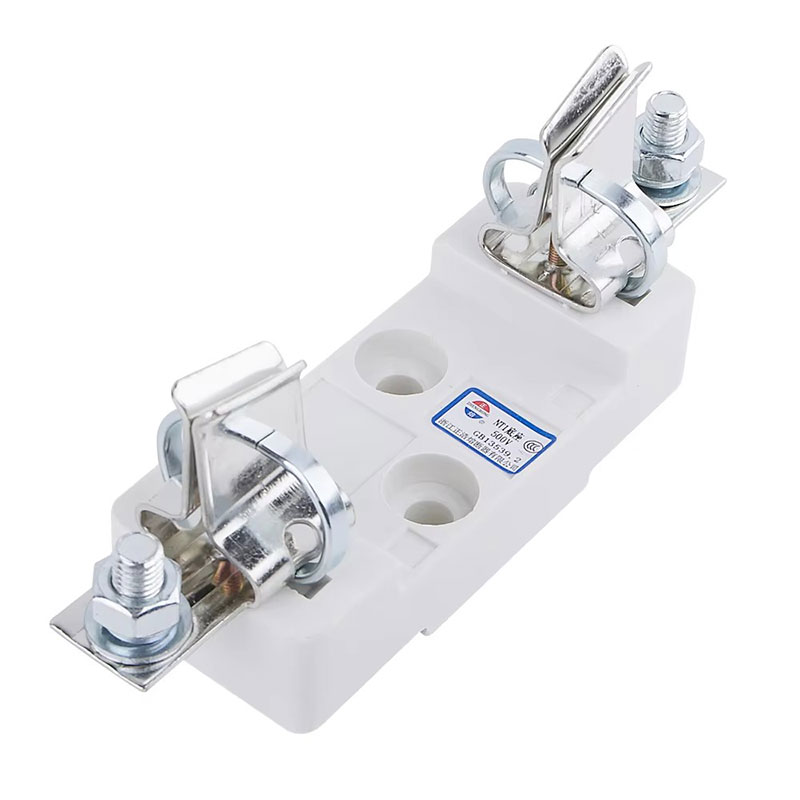
The relationship and difference between the two
Simply put, the fuse is responsible for "power-off protection", while the fuse holder is responsible for "fixing and connection". The fuse is the executor of circuit protection, while the fuse holder is the carrier and assistant.
From the perspective of use, the fuse is a component that must be accurately selected according to the circuit design parameters. It determines under what current conditions the circuit will be blown; and the fuse holder is a key accessory to ensure that the fuse can be correctly installed and quickly replaced. Without a fuse holder, the fuse cannot work safely and securely in the system; and without a fuse, the fuse holder itself cannot play a protective role.
In addition, once a fuse blows, it must be replaced, while the fuse holder only needs to be replaced when it is aged, burned or has poor contact, and the maintenance frequency is relatively low.
Why are both indispensable?
Modern electrical systems have increasingly higher requirements for safety, reliability and maintenance efficiency. Fuses alone cannot guarantee installation safety, and fuse holders alone cannot achieve overcurrent protection. The combination of the two not only achieves protection functions, but also facilitates maintenance and improves the overall stability of the system.
Especially in industrial sites where fuses need to be replaced or checked frequently, the use of standardized fuse holders can greatly improve replacement efficiency and reduce maintenance time and labor costs.
In circuit protection systems, fuses and fuse holders are two important components that are interdependent and indispensable. Understanding their respective functions and differences will help users make correct judgments during design, selection, installation and maintenance to ensure the safe and efficient operation of the entire electrical system.
If you have any questions about the selection of fuses or fuse holders, please feel free to contact us. We will provide you with professional technical support and supporting solutions.
- Why Your Solar Array's Safety Hinges on Choosing the Right Photovoltaic DC Fuse
- What Makes Float Switches the Key to Smarter and Safer Liquid Level Control in Modern Industries?
- How Does a Cylindrical Fuse Protect Electrical Systems?
- Why Cylindrical Fuses Are the Core of Modern Electrical Protection Systems?
- Why Choose a Screw Type Fuse Over Other Fuse Types
- Constantly having circuit protection issues?



